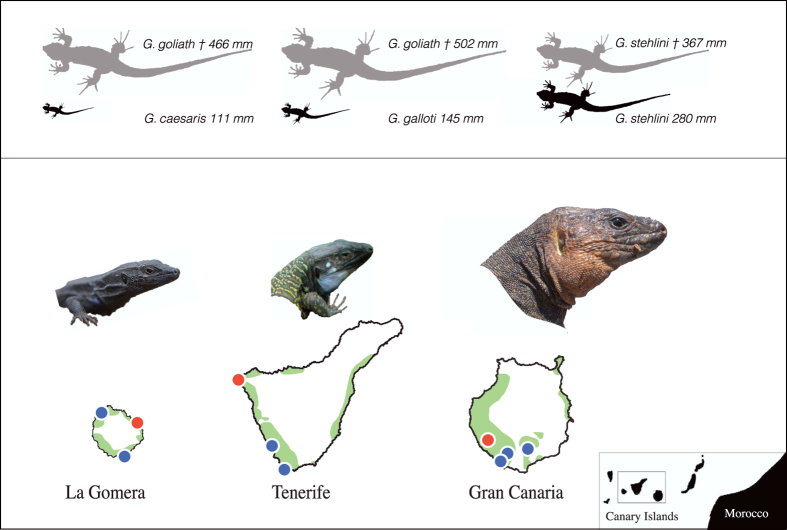Figure 1. The extinction-driven lizard downsizing gradient in the Canary Islands.
Schematic representation of the human-driven lizard defaunation resulting in present-day variable frugivore body-sizes among islands. Neochamaelea pulverulenta (Rutaceae) relies exclusively on the lizards for seed dispersal and is only found in lowland areas of Gran Canaria, Tenerife, and La Gomera (geographic range shown in green) (Fig. S4). Grey silhouettes illustrate extinct lizard taxa (†); black silhouettes represent the three extant, widely distributed species (photos). The maximum snout-to-vent length (SVL) is indicated. Red dots indicate locations of the main 1-ha study plots, whereas the blue ones indicate the replicated study populations (see Table S1). The potential geographic distribution of N. pulverulenta (green) was redrawn from ATLANTIS 3.1 (available on line, Banco de Datos de Biodiversidad de Canarias; http://www.biodiversidadcanarias.es/atlantis/). For details about natural history of these lizard species see also ref. 18 and 22.

